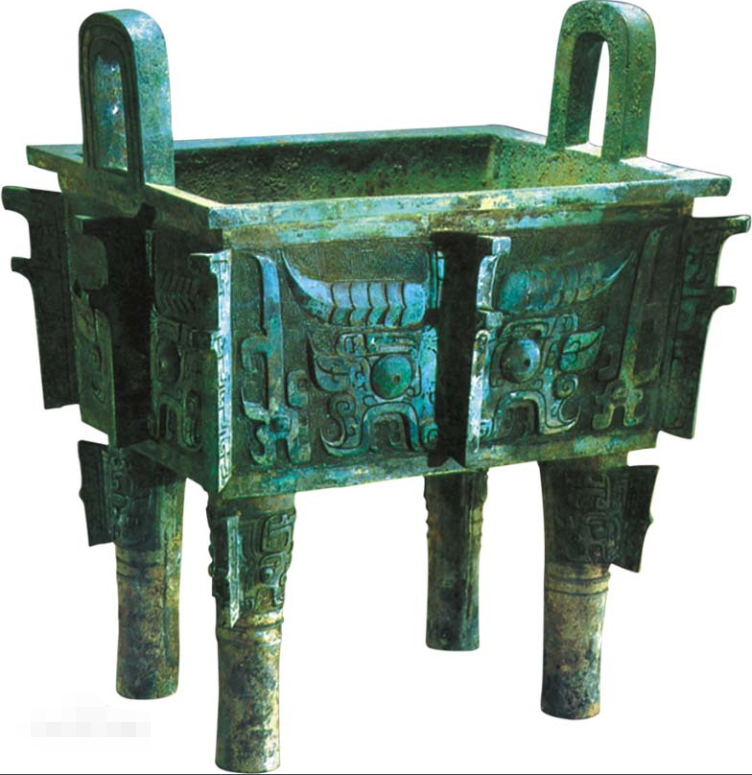The tripod is an ancient Chinese cooking vessel made of bronze or pottery. As early as the Neolithic era, Chinese ancestors began to use pottery ding, and then the bronze ding began to appear in the Jin and Stone Age. The bronze tripod was one of the most important forms of Chinese bronze ware. In addition to being used as a food vessel, they were also used as a serving vessel for food or condiments, as a ritual vessel for worshipping gods and ancestors, as a funerary vessel, and even as a torture device. After the Zhou Dynasty, with the popularity of iron and stoves, the tripod was gradually replaced by other forms of vessels. After the Song Dynasty, with the rise of jinxue, some more tripods appeared as decorative objects, in addition to the antique bronze tripods, and some were gold, silver, jade or porcelain.

As part of the ritual and music system of the Western Zhou Dynasty, the tripod system stipulated that only the emperor of the Zhou could use nine tripods, the vassals used seven tripods, the ministers used five tripods and the scholars used three tripods, making tripods a symbol of rank and power. It is said that the nine tripods cast in the Xia Dynasty also became a symbol of the kingship of the Zhou Emperor. Although some tripods were only a dozen centimeters high and weighed a few kilograms, the bronze tripods used as ceremonial vessels were often very large, the largest of which has been found to be 133 centimeters high and weighing 832.84 kilograms.

During the three Dynasties and the Qin and Han Dynasties, the tripod was the most common and mysterious utensil for more than two thousand years. There are two types of tripods: three-legged round tripods and four-legged square tripods, which can be divided into two types: covered and uncovered. The tripod consists of a foot, a belly, an ear and a lid. Generally, round tripods are three-legged and square tripods are four-legged, but there are also four-legged round tripods. The tripod usually has no ears or two ears, which can be divided into standing ears and attached ears according to whether the ears are positioned above the abdominal wall or attached to the side of the abdominal wall. The lid of the tripod is usually covered with a button, and the abdomen of the tripod is usually decorated with fine ornaments, while the feet, ears and lid of the tripod are also decorated with ornaments. The common ornaments on the tripod are animal-face, nipple, and cloud and thunder patterns.